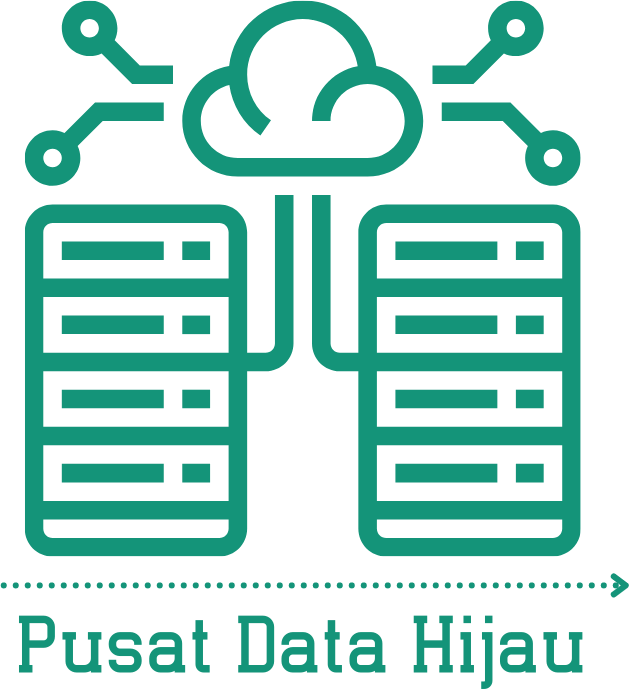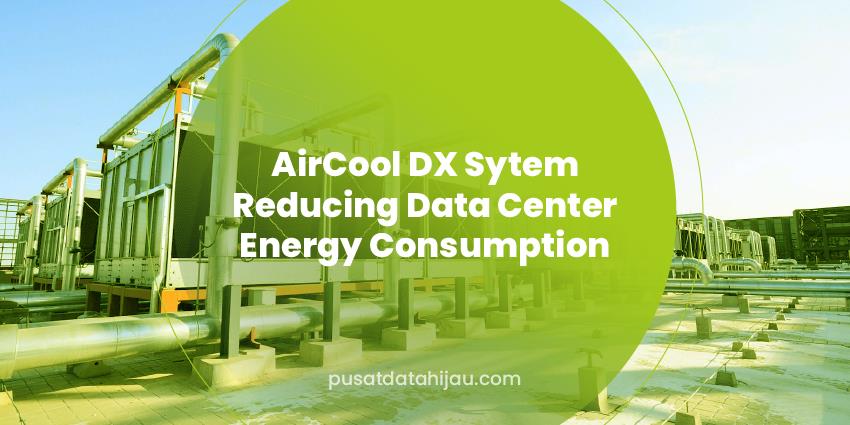More and more data centers are using air cooled DX system to cut energy consumption. These systems use less energy than traditional data center cooling systems because they take advantage of the coolness of the outside air. Air-cooled DX (Direct Expansion) brings outside air into a data center to cool down its servers rather than using expensive and complicated equipment to generate cold air.
This blog will discuss the steps involved in setting up an air-cooled DX system from start to finish.
What is an Air Cooled DX System in a Data Center?
The DX (Direct Expansion) system is a modular data center cooling system that uses air as its primary cooling agent. Air cooled data centers operate without special refrigeration or heat removal systems. They rely on ambient air temperature and airflow to provide cooling.
Air cooled data centers use evaporative cooling, which means cold water is circulated through equipment racks. The water absorbs heat from the components inside the server racks, then evaporates into the surrounding air. The water vapor cools as it rises to the ceiling, condenses, and falls back into the hot water return system to be recycled through the server racks again.
The Benefits of Direct Expansion Air Cooling System for Data Center
The main advantages of an air-cooled data center are:
- They can run with significantly less energy usage than a traditional data center;
- They require minimal maintenance;
- They’re inexpensive and easy to set up;
- They can be built in locations without access to a large amount of water;
- They don’t need to function in conditions that are as consistently cool as refrigerated or frozen facilities.
The Air Cooled DX system reduces data center energy consumption by shifting cooling energy to the outside air. By utilizing outside air as the primary cooling source, the system reduces the amount of chilled water that needs to be produced and lowers overall cooling costs by 30-50%.
Disadvantage
The air cooled DX system in a data center is a large and complex machine, so maintenance is essential. If the maintenance isn’t enough, it will cause the failure of the whole system and even affect the normal operation of the entire company. Thus, we should know about some important maintenance methods.
Air Cooled DX System Elements and How it Works
The main components of an air-cooled DX system are the front-end and refrigeration units. Front-end units are installed on the raised floor of the server room, and refrigeration units are placed outside the server room, usually alongside or above the data center.
The DX unit contains three main components:
- A heat exchanger,
- Thermal storage,
- A water-to-air heat pump.
Heat Exchanger
The heat exchanger receives warm exhaust air from the data center. Then, it will passes through a series of pipes containing a thermally conductive fluid (TCF).This fluid absorbs the heat from the warm air passing through. Then it will condensed into an insulated tank. When the warm air passes back through the heat exchanger, it gives up its heat to the cooled TCF. Then continues to be expelled outside the data center to the fresh air intake.
Water-to-air heat pump
The water-to-air heat pump uses outside air as a source of cold instead of using refrigeration. It takes in outside cool air and passes it over a series of pipes containing the TCF. The process continue until it has absorbed enough heat to be released into another insulated tank. When this cooled fluid is pumped back into the data center, it releases its stored heat to any warm air passing through the heat exchanger and continues with its work.
The components are sealed in a metal casing with airflow directed towards the unit to reduce temperature. While the metal casing is designed for outdoor use, this unit may also be used indoors if desired. The unit is portable and can be moved from place to place.
For this cycle to be completed, both tanks must have space for their contents to expand into when they heat up. If the raw material or the finished product tank has no room to grow, the material will not be cooled and will sit in its heated state until space is available.
If this happens, the chemical reaction during the heating process will reverse itself. Also the finished product will become raw material again. This can cause chemical contaminants to enter your products, as well as a decrease in quality and an increase in impurities. To avoid this problem, ensure both tanks have enough space to expand into.
Why Air Cooled DX System the Best Option for the Data Center?
Today, air cooled DX system still attracts attention in a world of projected roofs and HVAC systems. Some people still need to be convinced about its reliability and efficiency. However, the data center managers will agree that the advantages of the Air Cooled DX system are undeniable. Here are some reasons you should choose this cooling system for your data center.
A good example is the Landmark center in Los Angeles. It has two cooling systems: the water-cooled system, which uses chilled water to cool down the air conditioners, and the air-cooled DX system, which relies on outside air to cool down the servers.
The first one is more expensive than the second one and will cost $3 million more than the second one if you want to switch over from the air-cooled DX system to a water-cooled one.
The air-cooled DX system is the best option for data centers, as it reduces power consumption and lowers the cooling cost. It also improves the utilization of floor space, thus increasing the density of a data center.
Conclusion
The Air Cooled DX System is a new innovative cooling system using a unique heat exchange media. It is cooled by air movement instead of a refrigeration system. It can reduce the energy consumption of the cooling system.
The primary benefit of this system is in the area of maintenance costs, as there are no chillers to maintain or replace and no loss of chilled water when there is an outage. The return on investment for this system is about two years.
This kind of data center cooling system is very feasible for you to consider in implementing an ESG strategy for your data center.

